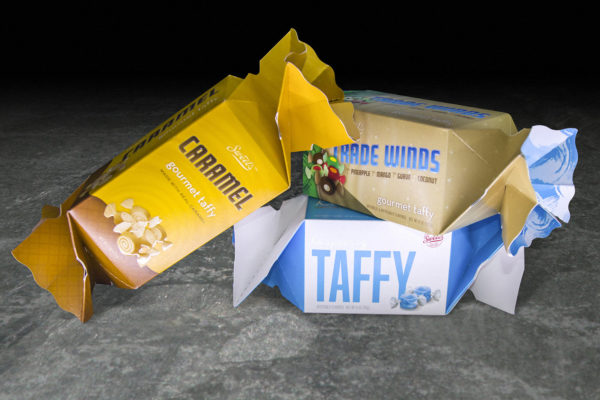Depending on the kind of products you manufacture, finding and switching over to the right type of packaging can make your business more cost-effective, make larger shipments more feasible and could even improve sales. The only way to know whether you are using the right type of packaging, or missing out on a few essential tricks, is to know the best options available first. Our brief look at a few of the useful packaging types that are available could help introduce you to something that you may have been missing out on.
Flexible, Thin Film PolyBags
Often called a pouch, the flexible poly bag is ideal for packaging food, drinks, magazines, wires, cables, cleaning supplies and nearly everything else as well! Thin-film plastic pouches are used widely to packet parts of electronic devices inside the hard box, including even the electronic appliances themselves. This is done with almost all electronics, from washing machines and TV sets to smartphones and laptops.
The thin film fabric can be manufactured to become strong enough for carrying heavy metallic parts such as ball bearings, nuts, screws, etc. or they can be easily torn from a specific point if they are housing food inside. Thin-film poly bags are by far the most versatile plastic-based packaging in use today since they are cheap, stretchable, flexible, durable, recyclable and weigh next to nothing.
If you aren’t sure which to choose, pay a visit to the Packaging Lab and simplify the problem that always accompanies an overwhelming choice of options. Look through all their options, or simply choose the kind of products you manufacture and see all applicable options for packing your products safely, flexibly and sturdily.
Rigid Packaging or Hard Boxes
This is what the industry uses to package valuables that need physical protection, especially during transit. Depending on who is making them, within what budget, and what the item is, the parameters of manufacturing rigid packaging boxes will vary quite a bit. Nevertheless, they are usually made from heavily compressed paperboard or cardboard. Expect quality hard packaging to be four times as thick as a folding carton.
Rigidpackages are ideal for stacking due to their compressive strength, which also makes them perfect for protecting expensive electronics, jewellery or fragile crockery. Since hard boxes often carry a lot of weight in them, handles can be attached during the box’s manufacturing to and carriage and delivery. Embossing, printing colouring, grooving, engraving, adding hinges, windows, lids, compartments, etc.are all possible options for giving the product inside the marketing it needs. However, they are heavy and they do take up a lot of space, which means that the cost of shipping will be high as a result.
Flexible Paper Packaging
Although the flexible paper bags are limited in their applicability as compared to thin-film plastic bags, they have gained popularity in recent times due to the world’s accumulating plastic problem. Unfortunately, the paper industry itself can be taxing on the forests too, so it’s a double-edged sword! Nevertheless, the flexible paper is biodegradable, lightweight and they can be customized to a great degree. It can house food items and drinks quite well, although its susceptibility to water damage and poor handling is high.
This is just an introduction to the three main types of packaging options, but there are so many other variables to still be considered. As a general rule, unless you are dealing with fragile products, avoid using hard boxes if it can be avoided because the shipping costs are often not worth it.



